RARE WWII 1943 USAAF B-29 Special Strategic Strike Navigation Mission Map (China Burma & Japan)


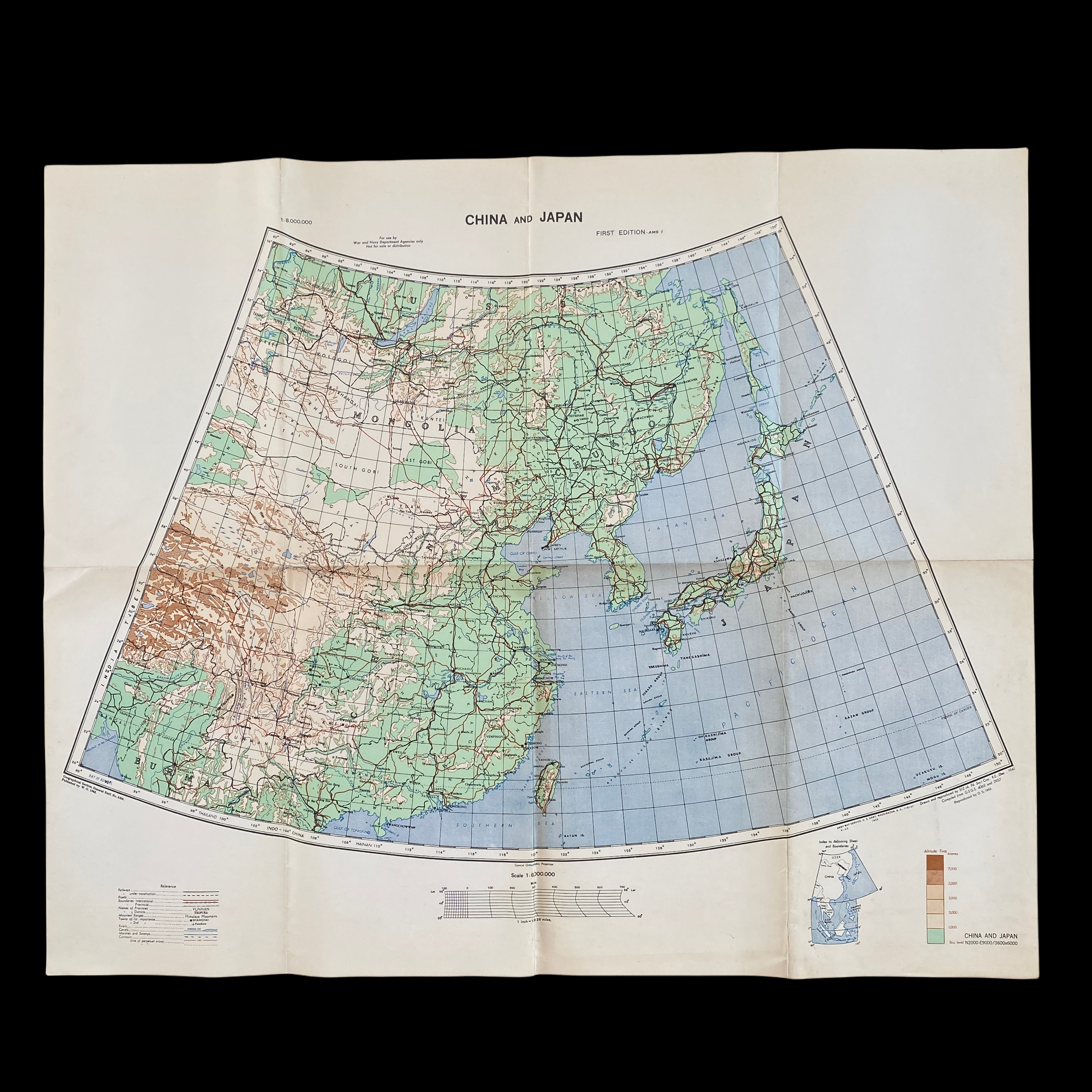
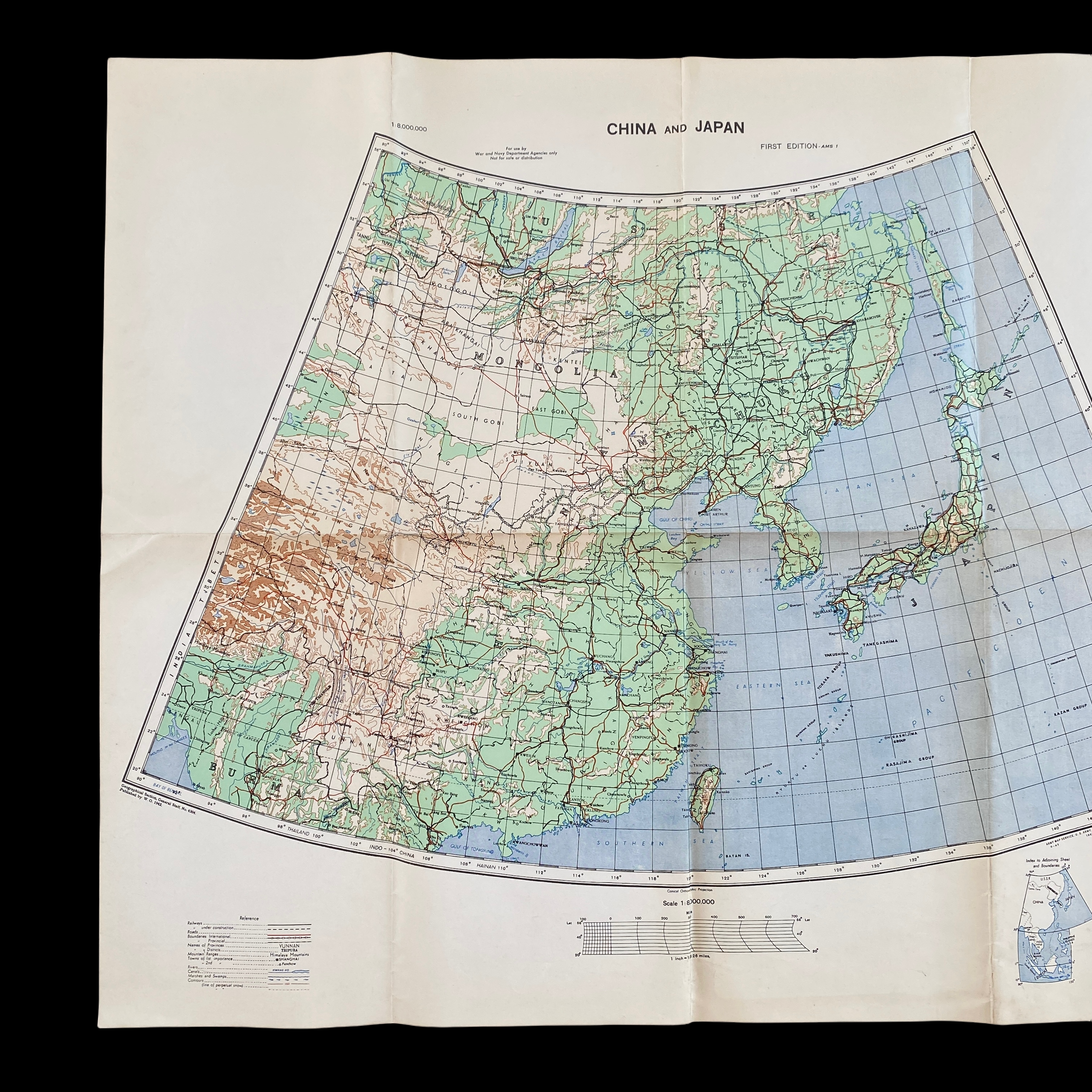
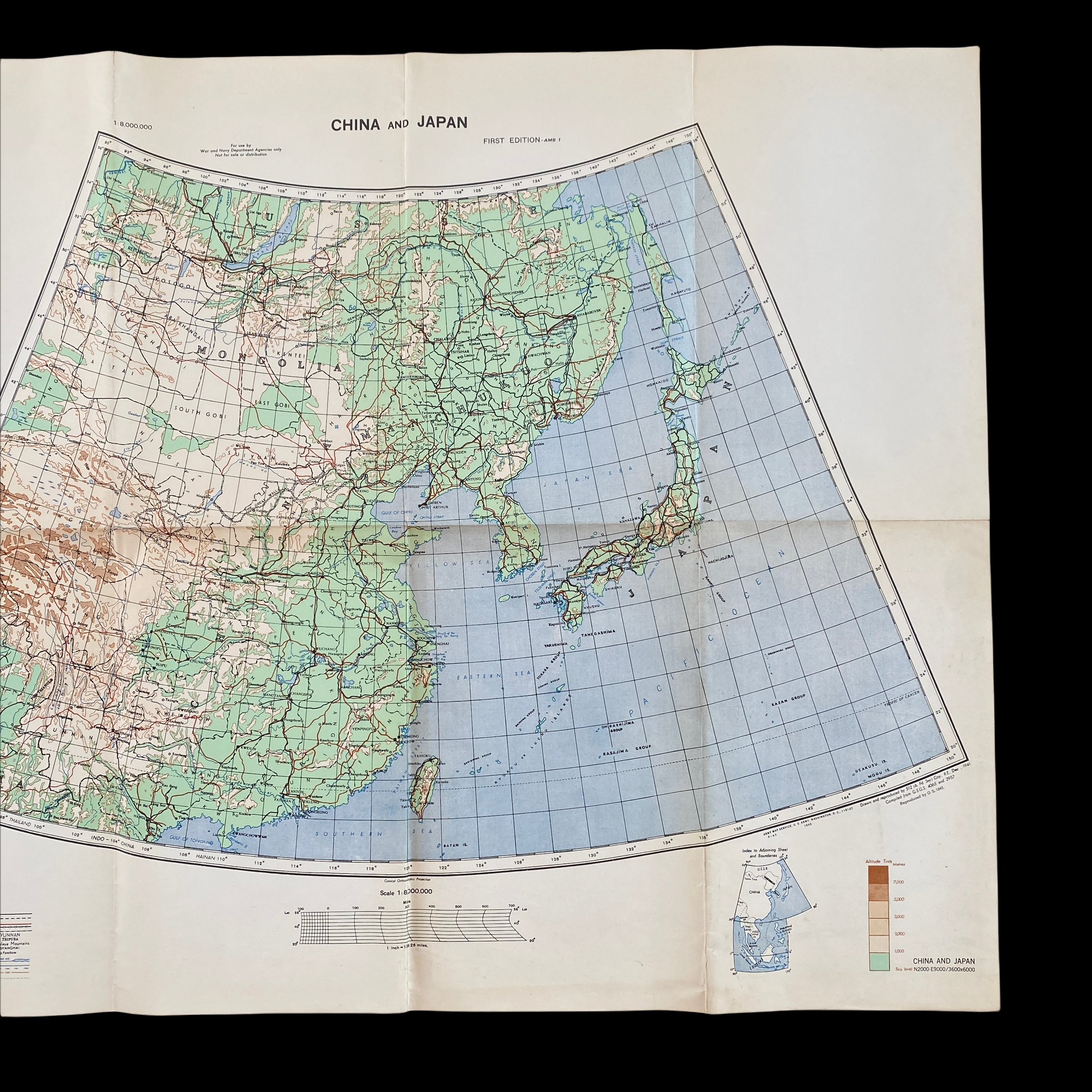
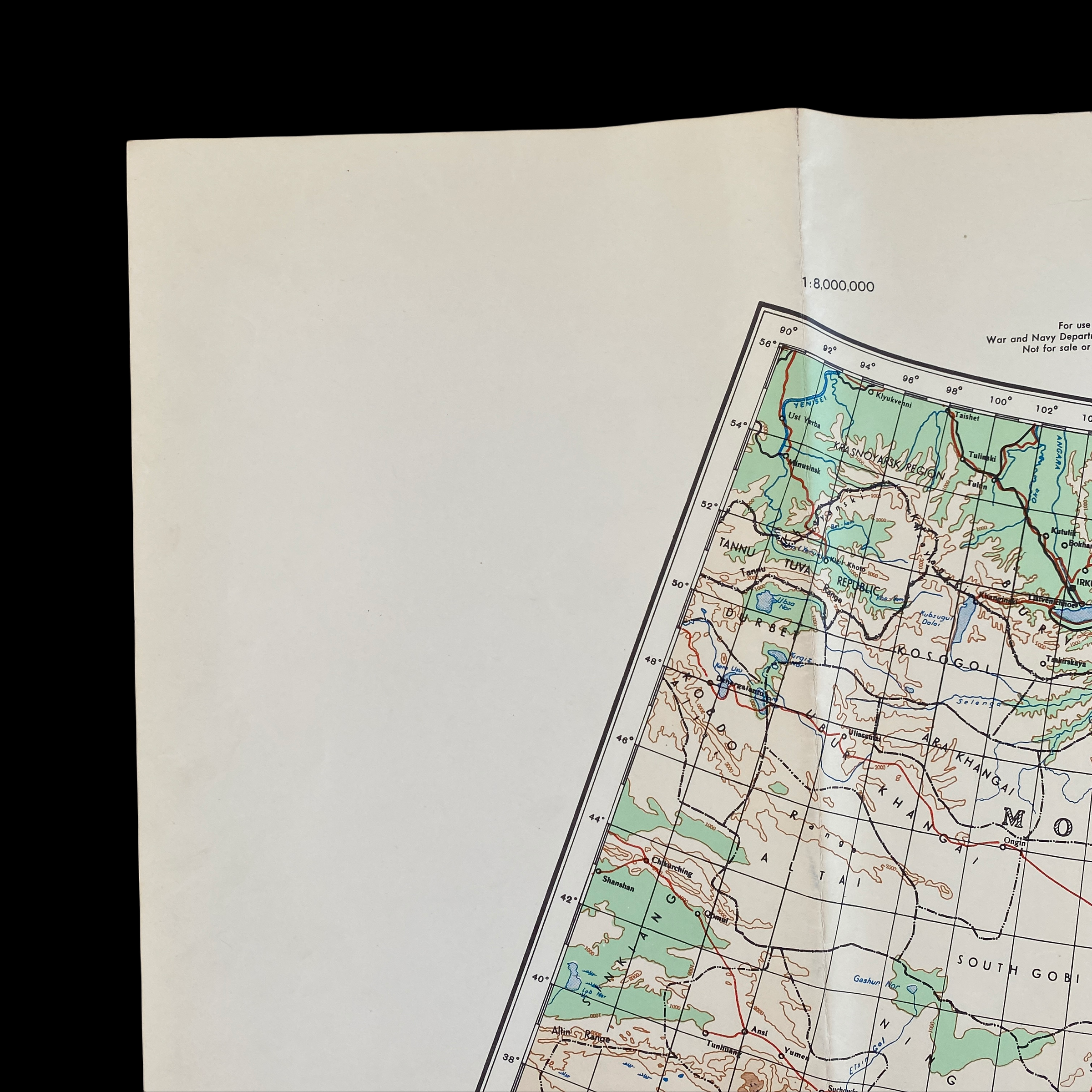

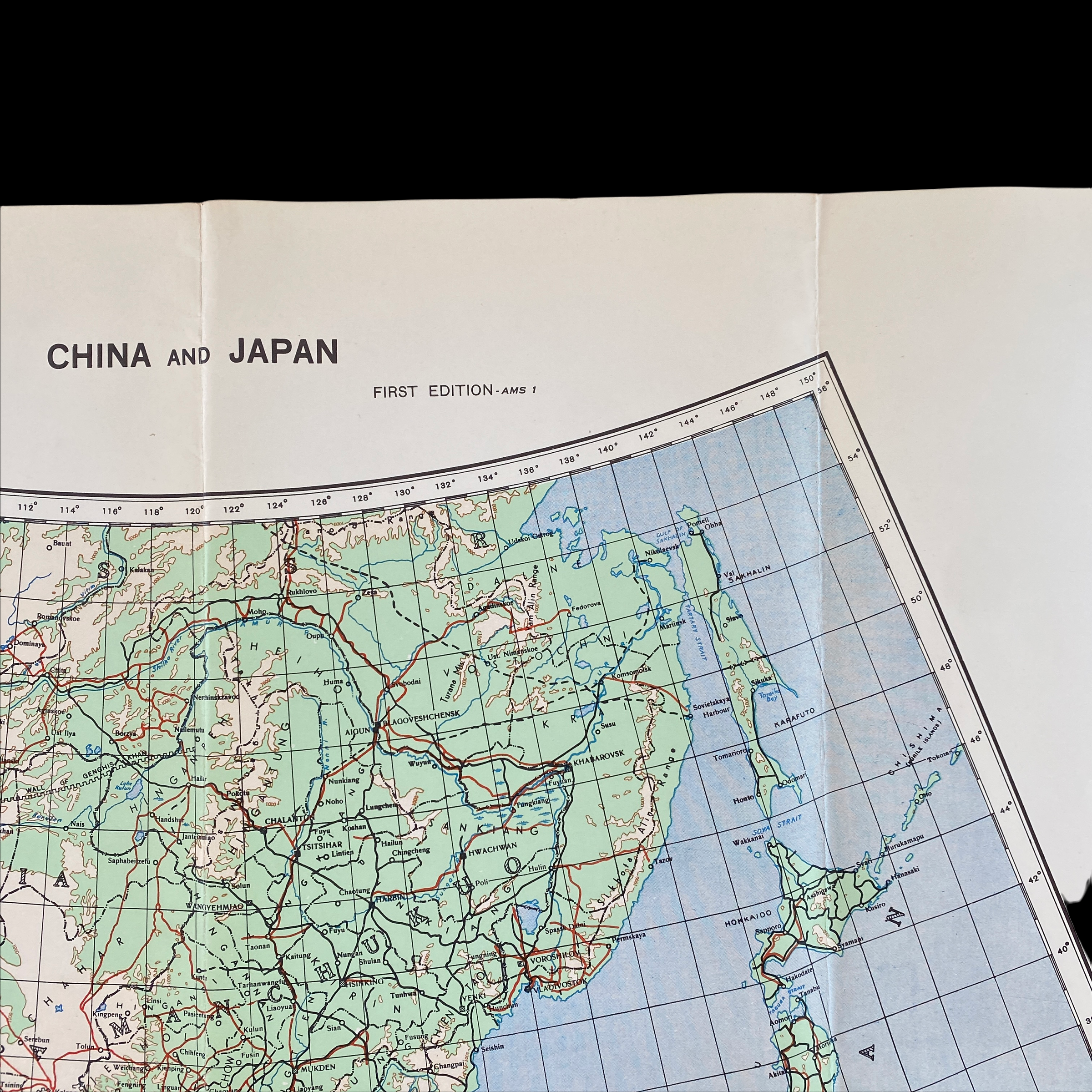
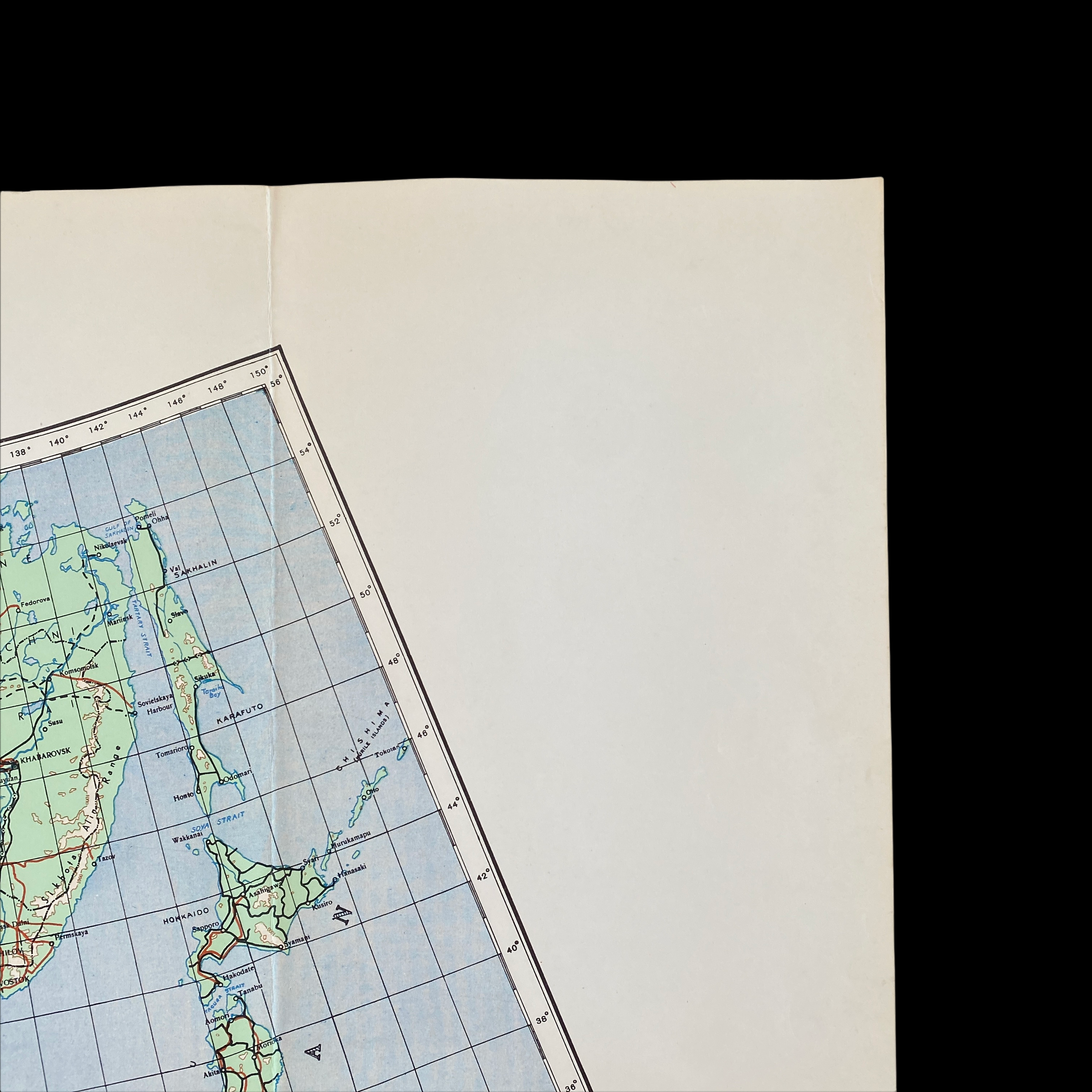
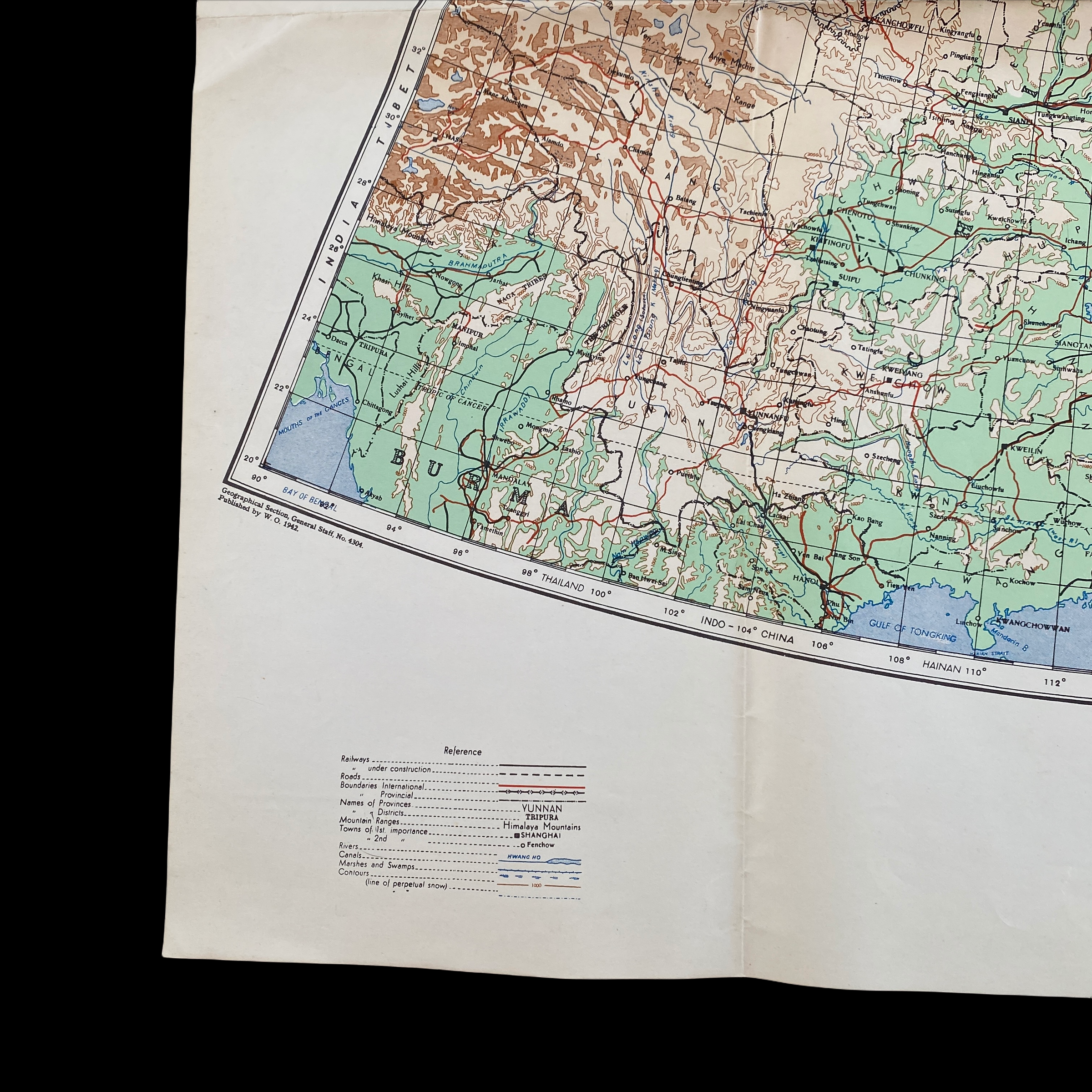
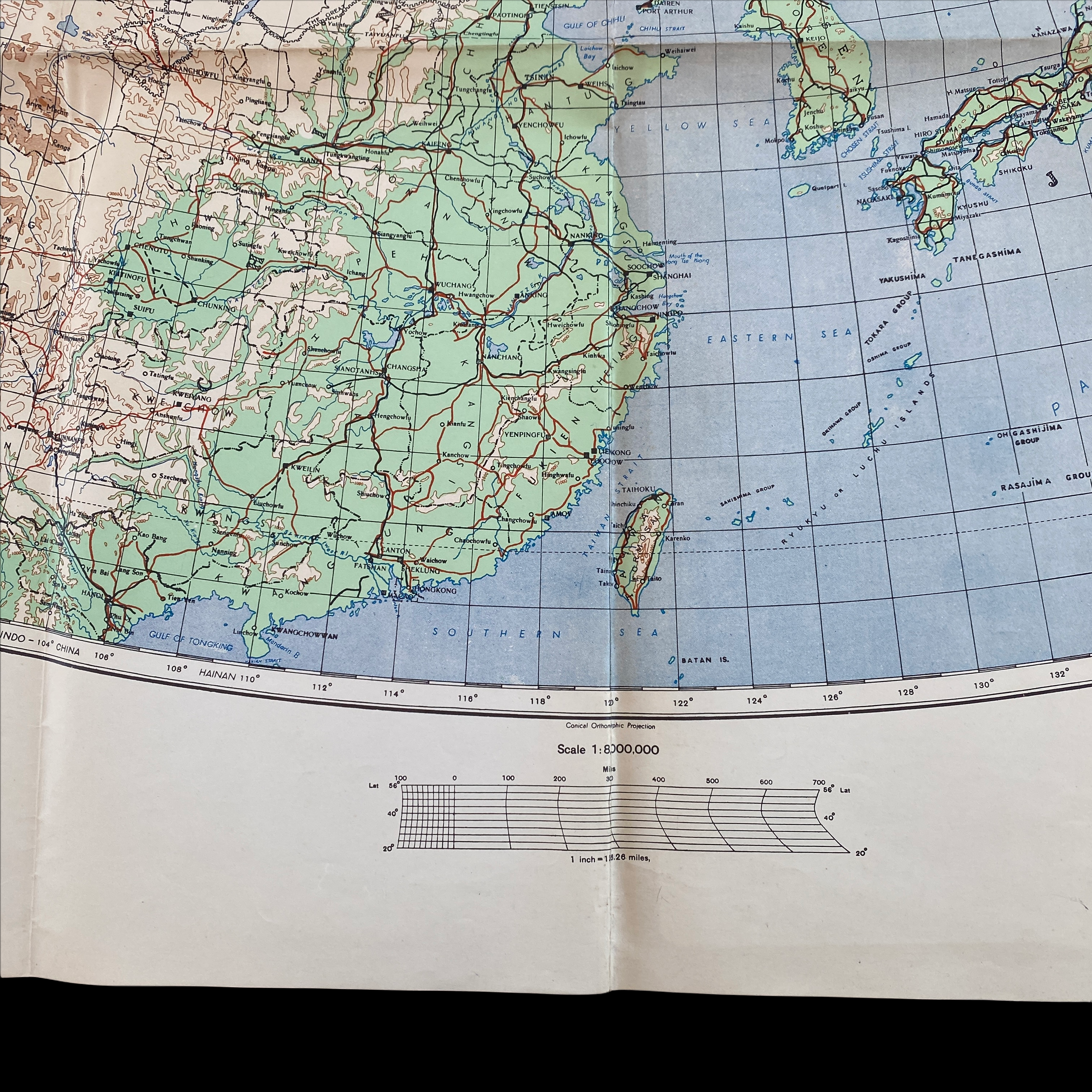
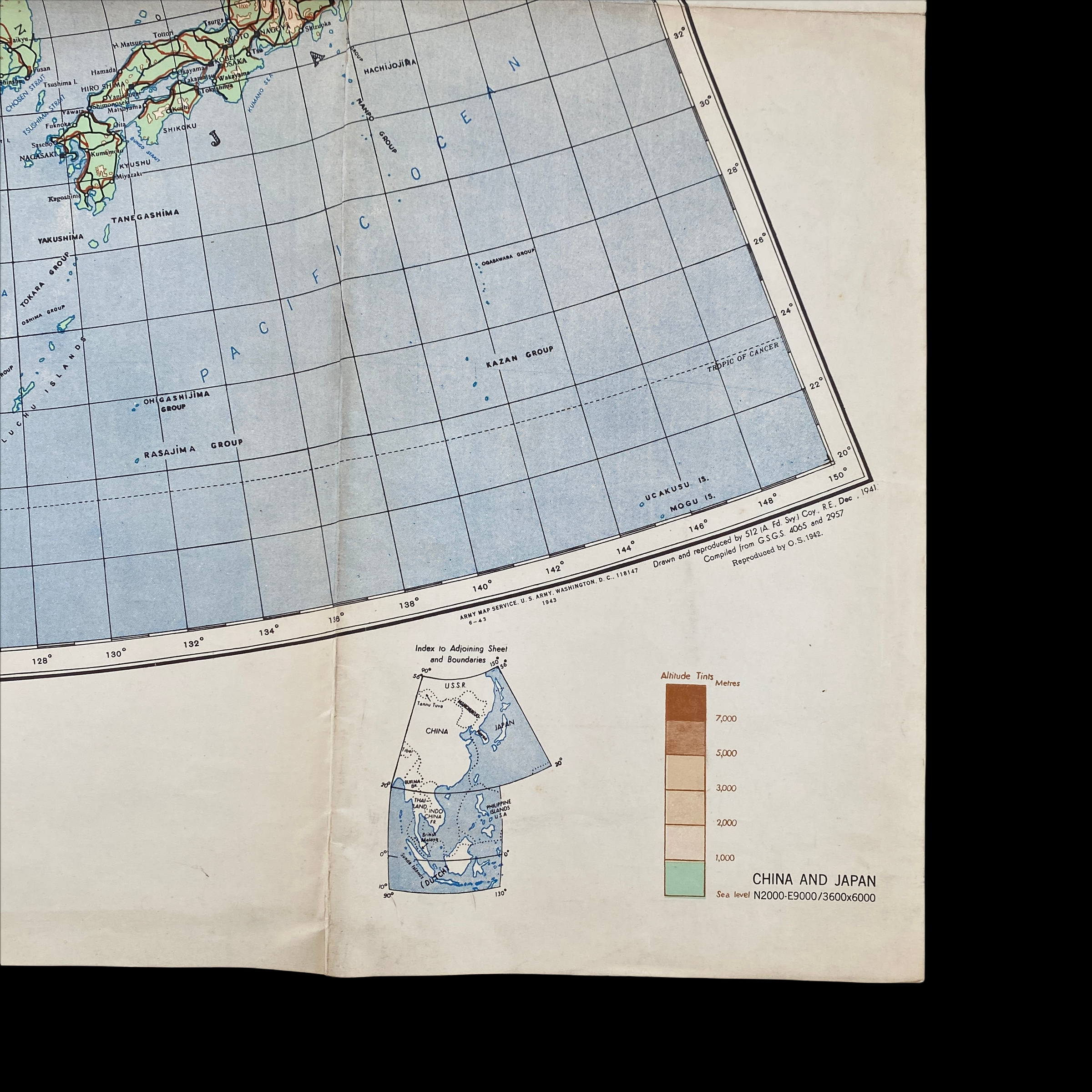

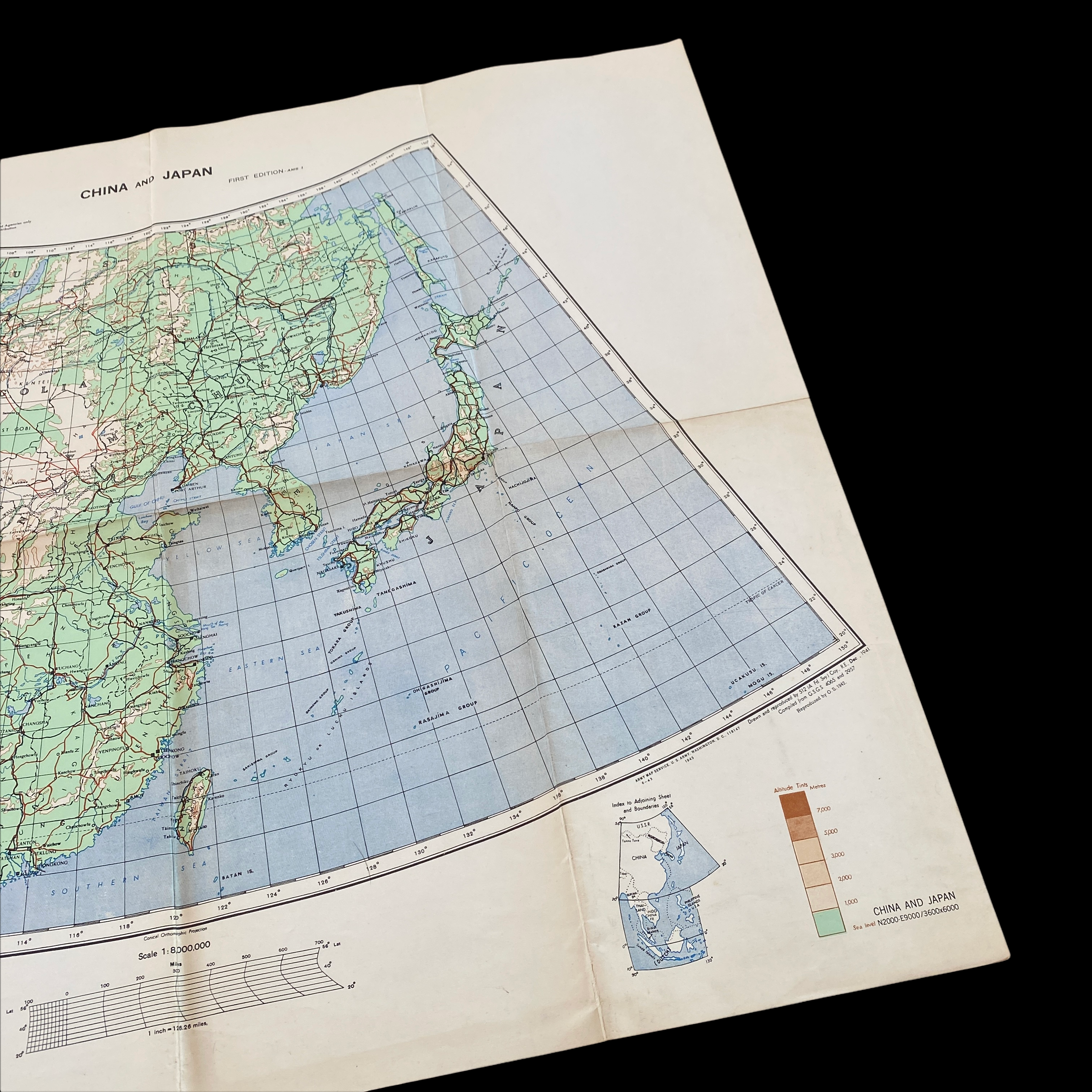
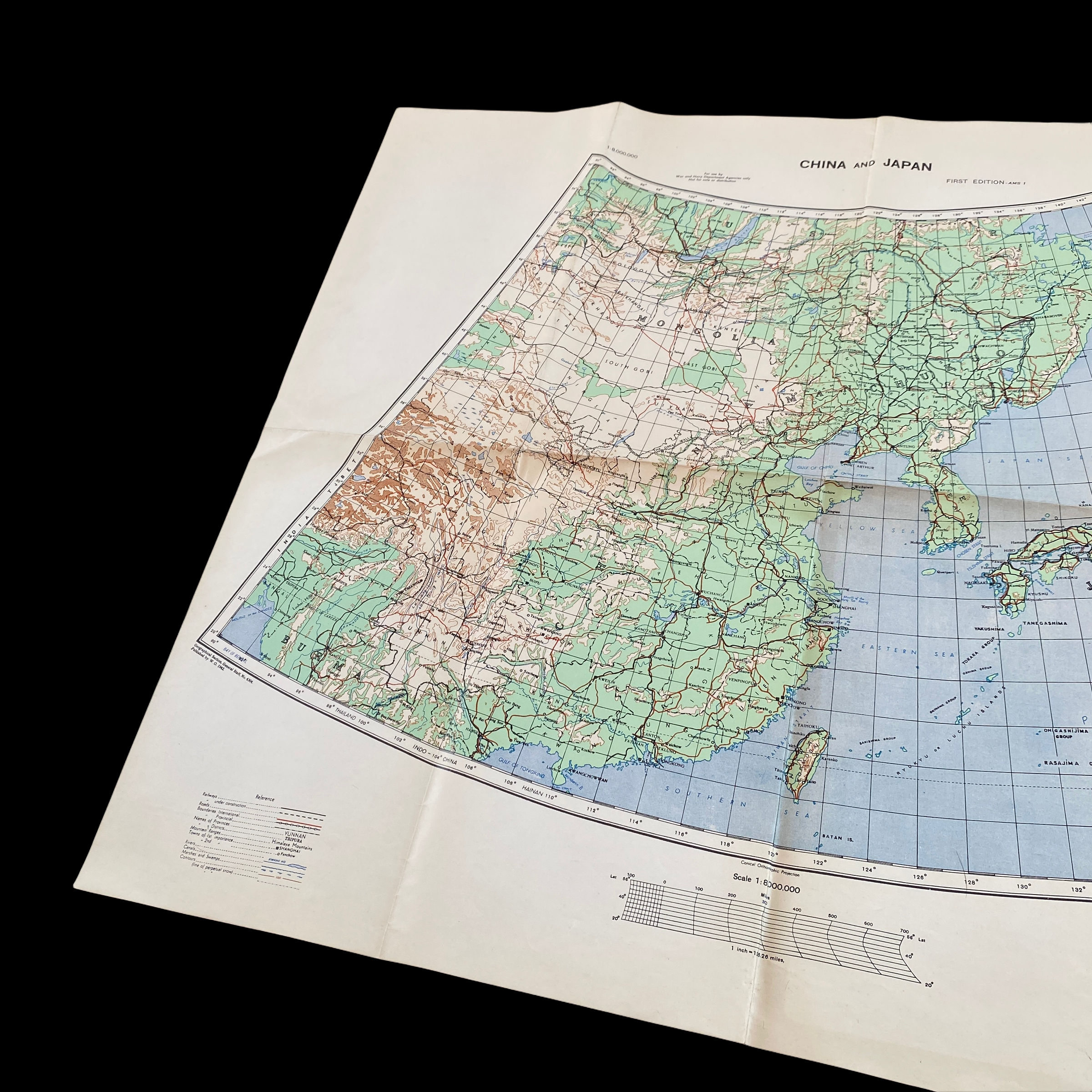
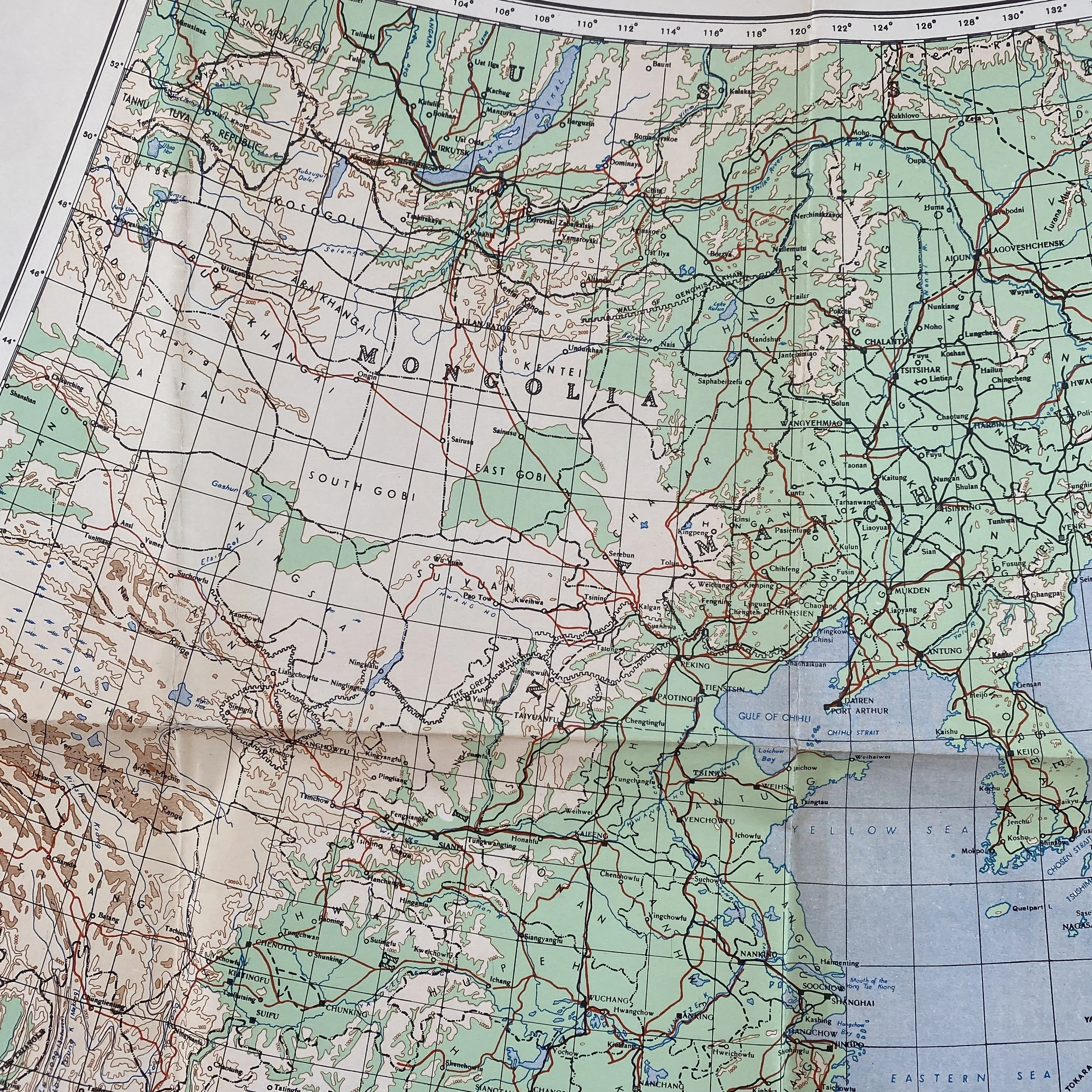


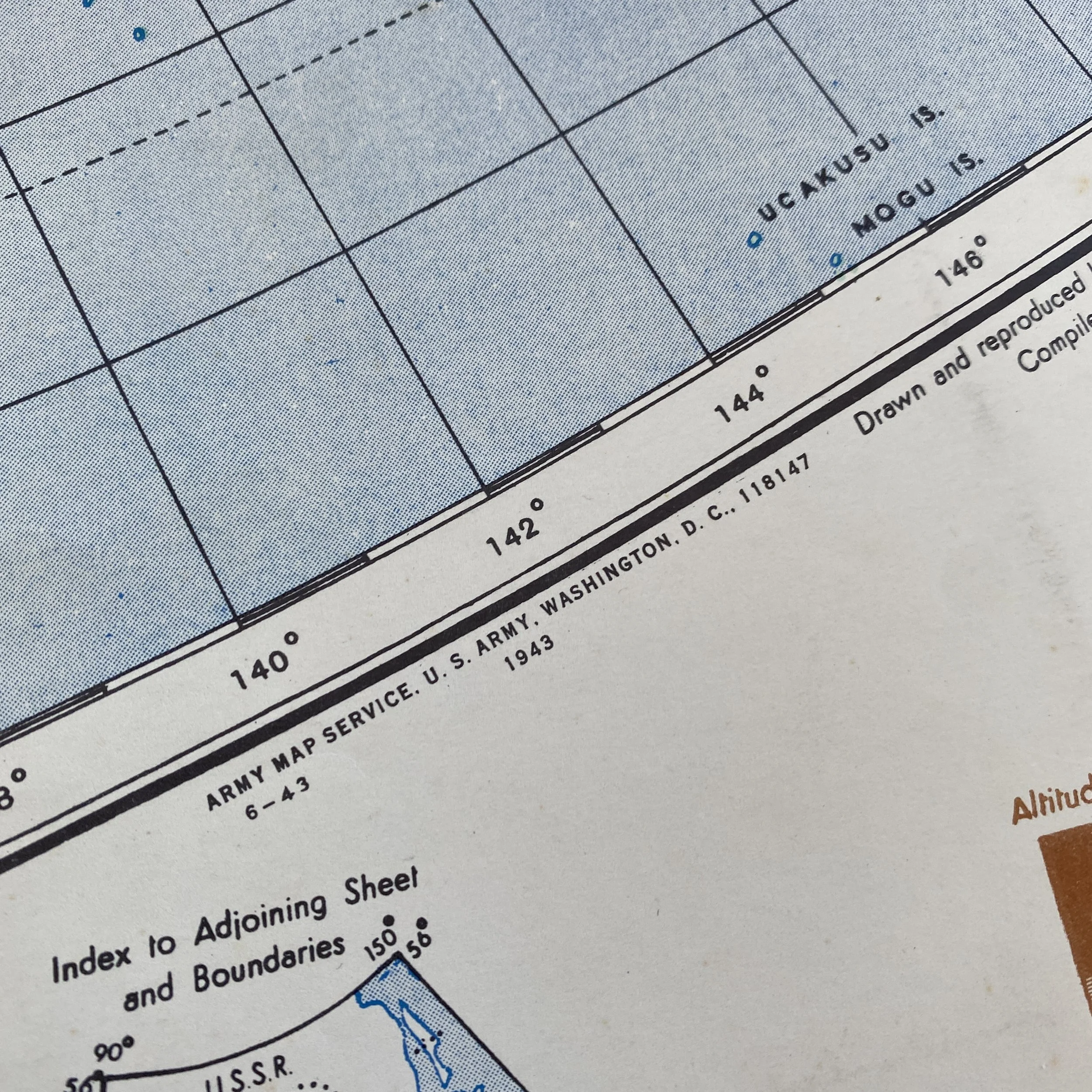
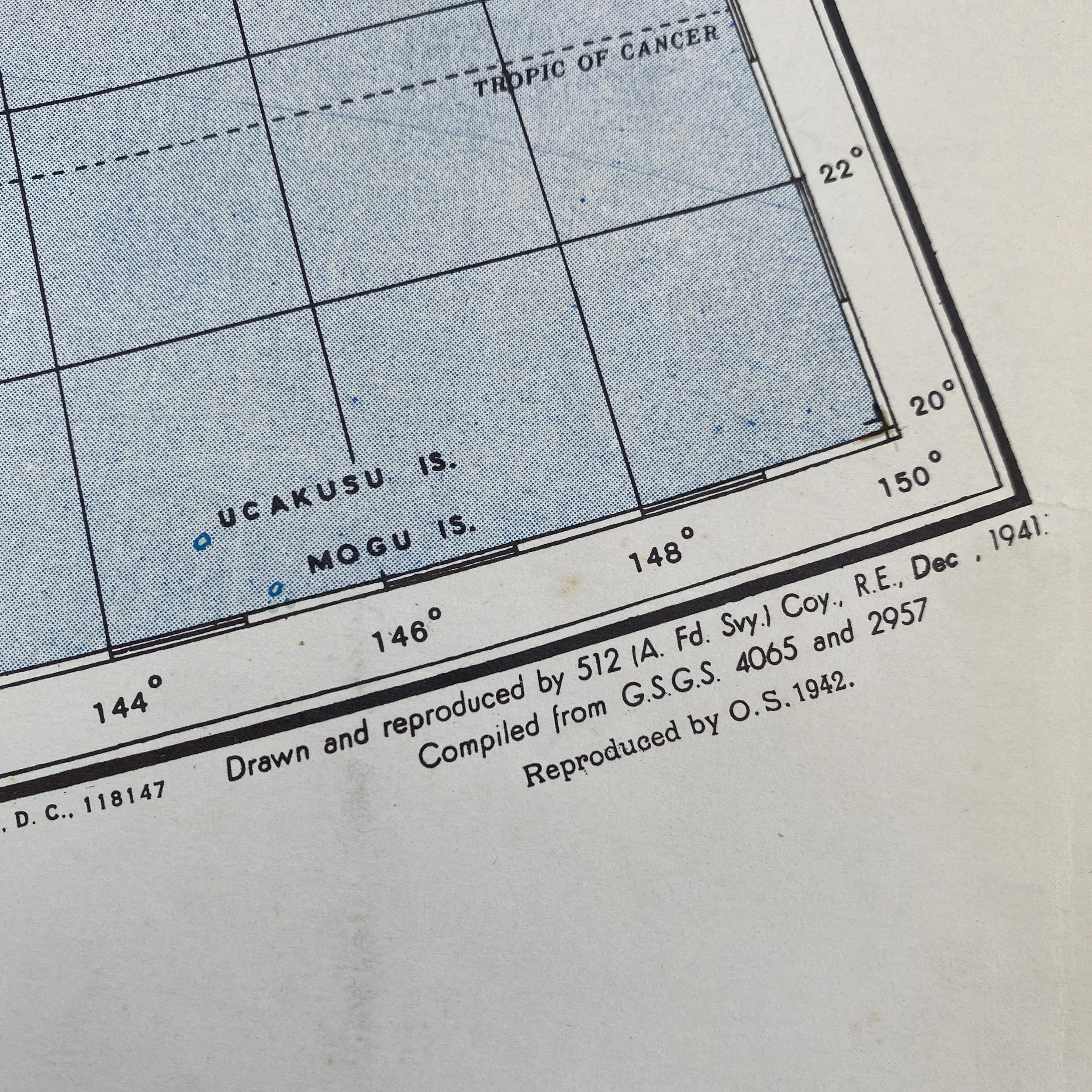
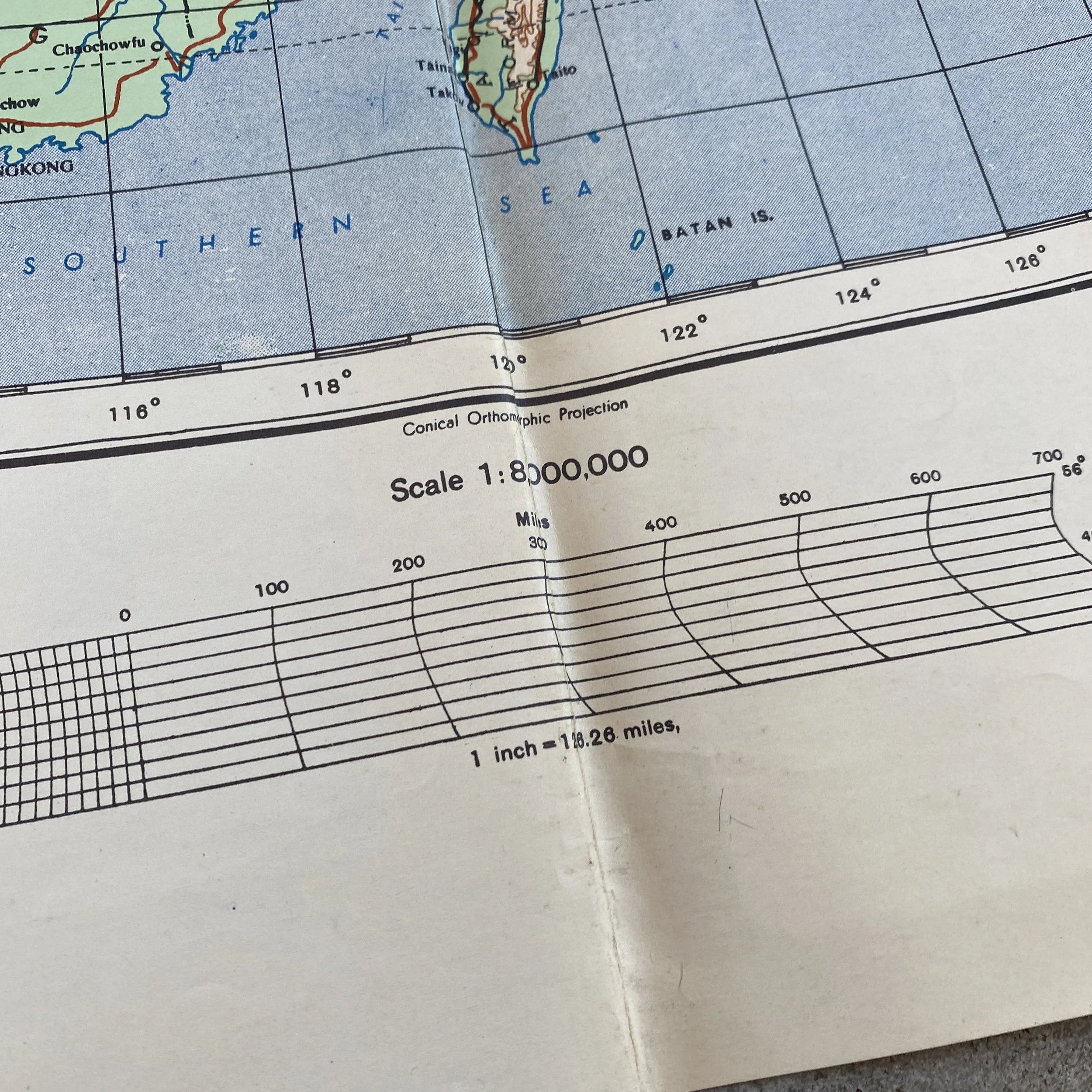

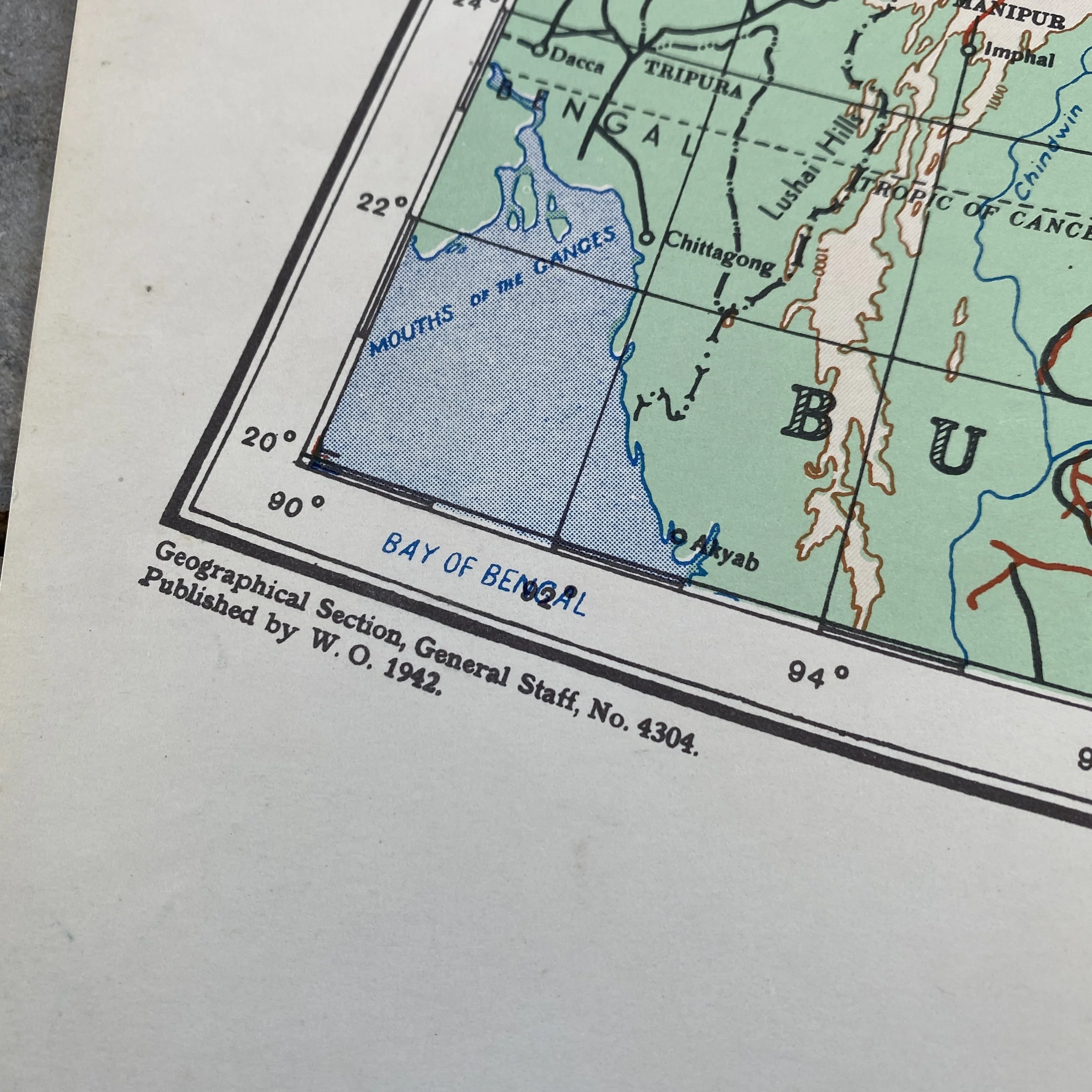
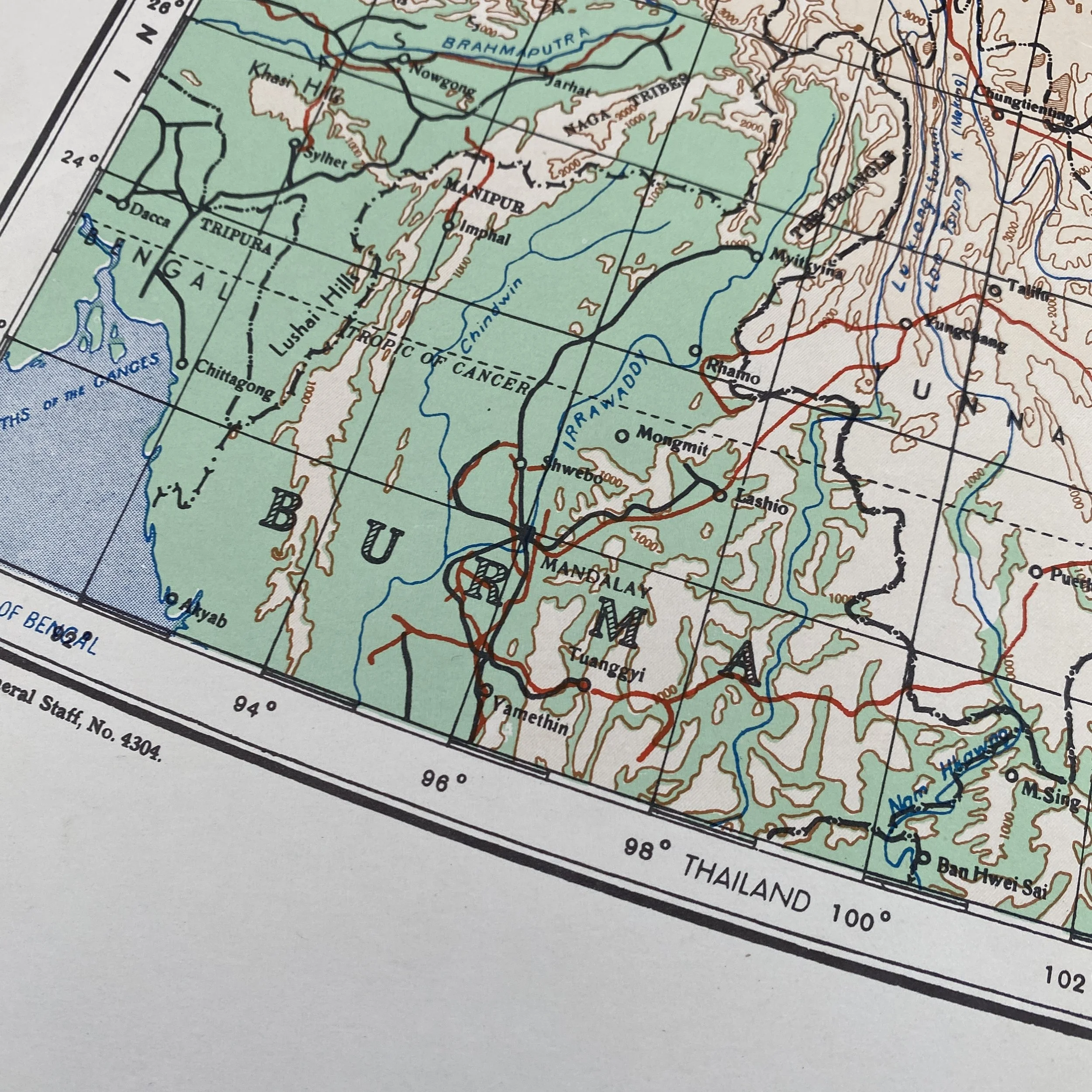

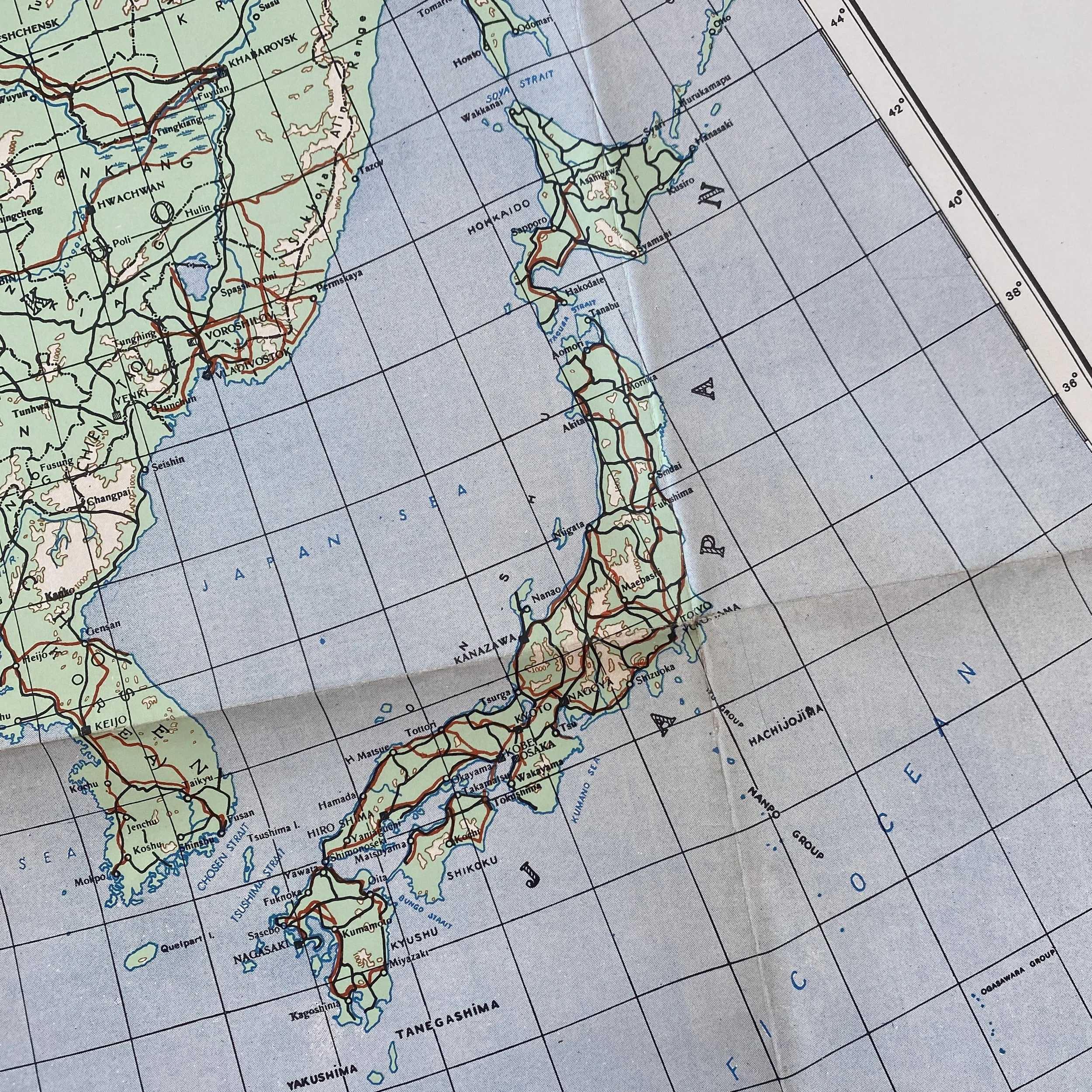


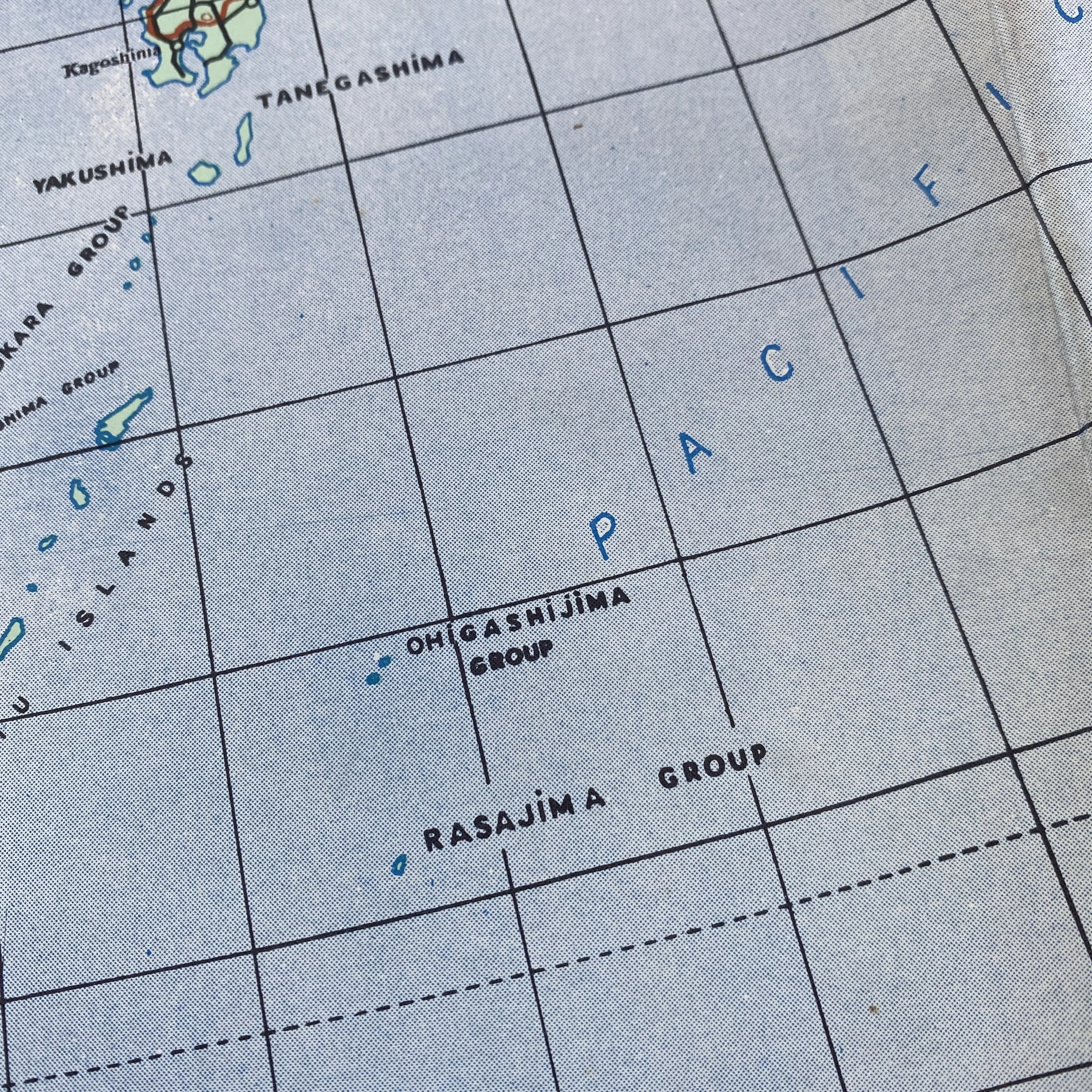
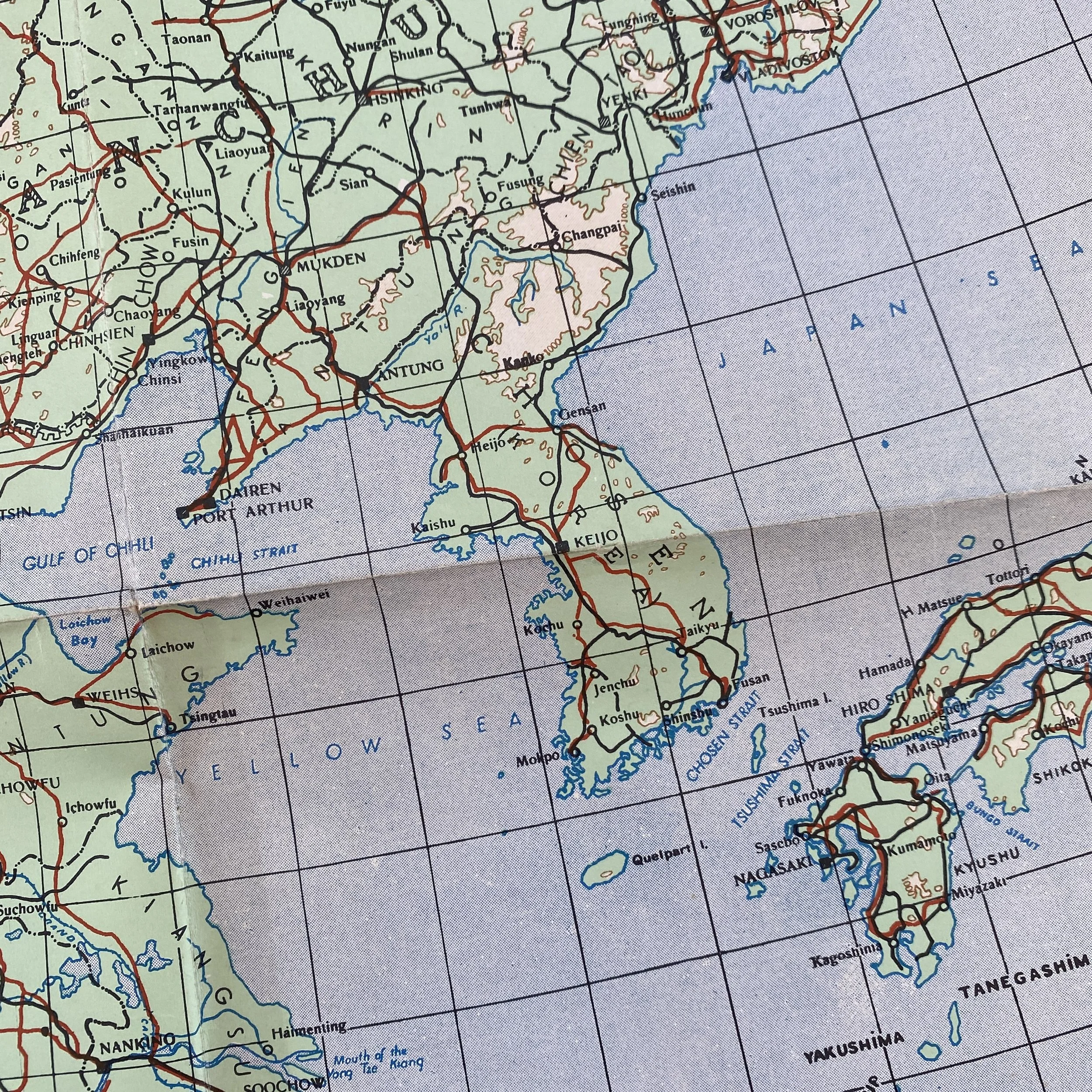
RARE WWII 1943 USAAF B-29 Special Strategic Strike Navigation Mission Map (China Burma & Japan)
Comes with C.O.A.
Printed in June of 1943 this incredibly rare WWII Pacific Theater aerial navigational mission map titled “CHINA AND JAPAN” is a '“FIRST EDITION” United States Army Air Force strike map with a very rare print count. This U.S. Army Pacific operational navigation map was used for the strategic aerial bombardment missions and other aerial strikes against the Japanese forces in CHINA, BURMA, and the MAINLAND JAPAN from 1943 to 1945. This map was used for planning and strategic navigation during these aerial raid attacks and heavy bombardment missions against the towns of first, second importance (as noted in legend). The map shows rare altitude tints of the region as well as a very detailed legend showing other strategical targets.
Tactical air forces supported the ground forces in the Mediterranean and European theaters, where the enemy found allied air supremacy a constant frustration. In the war against Japan, General Douglas MacArthur made his advance along with New Guinea by leap-frogging his air forces forward and using amphibious forces to open up new bases. The AAF also supported Admiral Chester Nimitz's aircraft carriers in their island-hopping across the Central Pacific and assisted Allied forces in Burma and China.
Arnold directly controlled the Twentieth Air Force, equipped with the new long-range B-29 Superfortresses used for bombing Japan's home islands, first from China and then from the Marianas. Devastated by fire-raids, Japan was so weakened by August 1945 that Arnold believed neither the atomic bomb nor the planned invasion would be necessary to win the war. The fact that AAF B-29s dropped the atomic bombs on Hiroshima and Nagasaki, nevertheless, demonstrated what airpower could do in the future. The Strategic Bombing Survey provided ammunition for the leaders of the AAF in the postwar debates over armed forces unification and national strategy.
The first of the long-range bombing raids on the Japanese home islands took place as early as 28 Nov 1944, mainly from the newly constructed airfields in the Mariana Islands. In Jan 1945, American General Curtis LeMay took over the 20th and 21st Bomber Commands, merging them into the XX Air Force. The XX Air Force immediately took on the task of bombing Japanese naval and air bases from high altitudes, though most of the early attacks achieved relatively little.
In the spring of 1945, the B-29 Superfortress bombers were transferred to the XXI Bomber Command based at Guam, Mariana Islands. With increased scale, intensity, and frequency, the bombing campaign began to rain considerable destruction on Japanese cities. Tokyo, being the Japanese capital, received a greater share of attention from American bombers.
Allied forces conducted many air raids on Japan during World War II, causing extensive destruction to the country's cities and killing between 241,000 and 900,000 people. During the first years of the Pacific War, these attacks were limited to the Doolittle Raid in April 1942 and small-scale raids on military positions in the Kuril Islands from mid-1943. Strategic bombing raids began in June 1944 and continued until the end of the war in August 1945. Allied naval and land-based tactical air units also attacked Japan during 1945.
Considering that it might also be necessary for them to invade Japan proper, the Allies drew up new plans in mid-1943. The main offensive, it was decided, should be from the south and from the southeast, through the Philippines and through Micronesia (rather than from the Aleutians in the North Pacific or from the Asian mainland). While occupation of the Philippines would disrupt Japanese communications with the East Indian isles west of New Guinea and with Malaya, the conquest of Micronesia, from the Gilberts by way of the Marshalls and Carolines to the Marianas, would not only offer the possibility of drawing the Japanese into a naval showdown but also win bases for heavy air raids on the Japanese mainland prior to invasion.